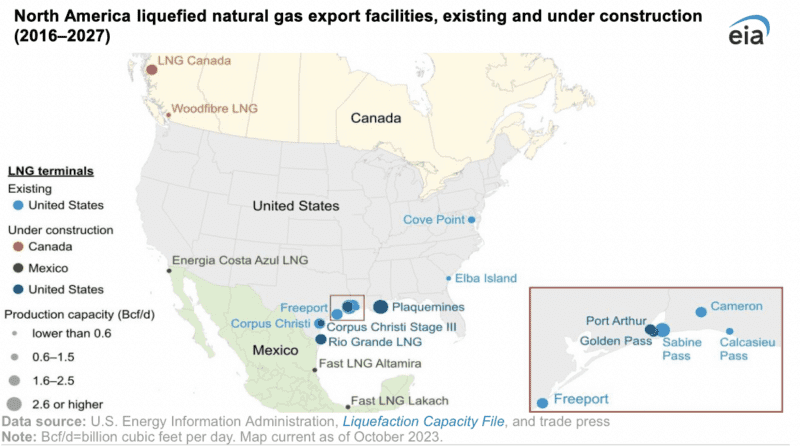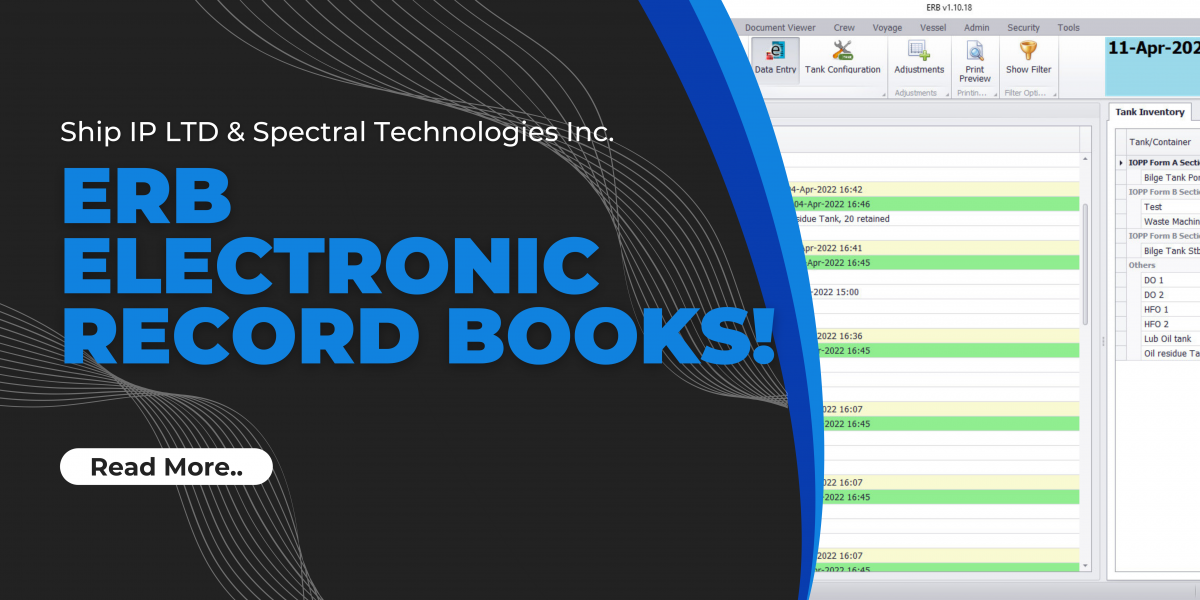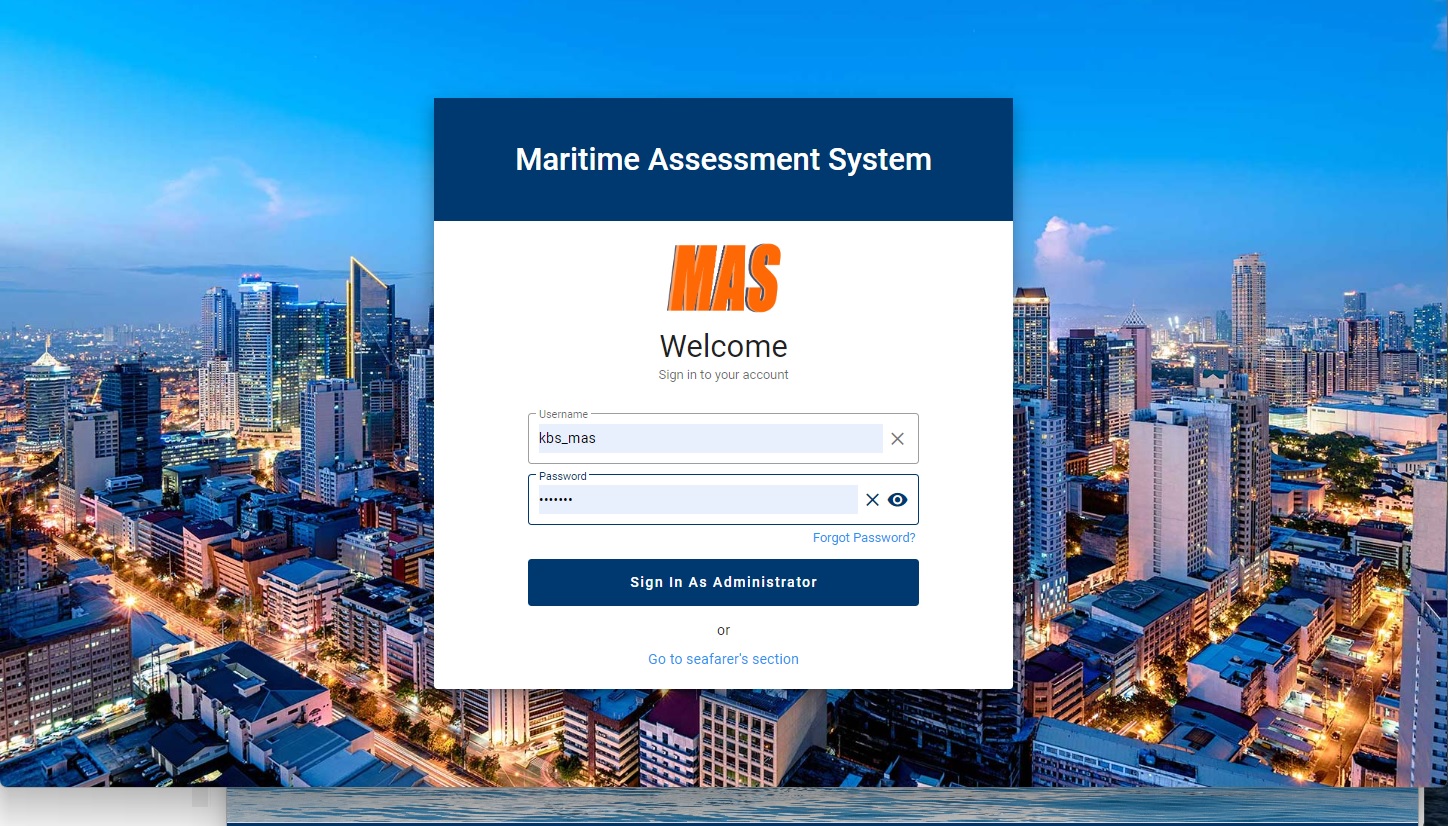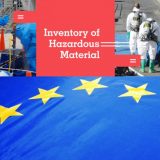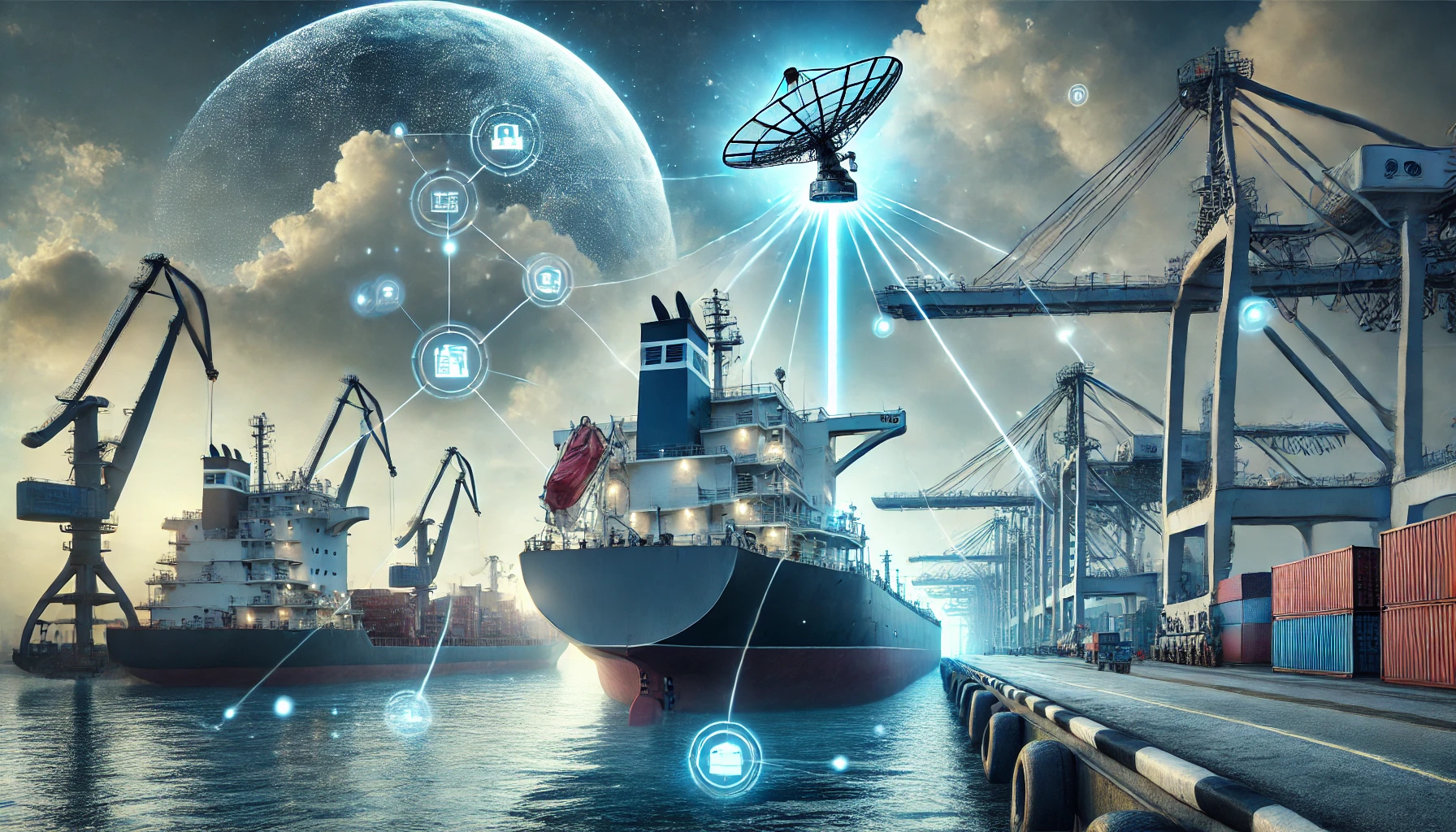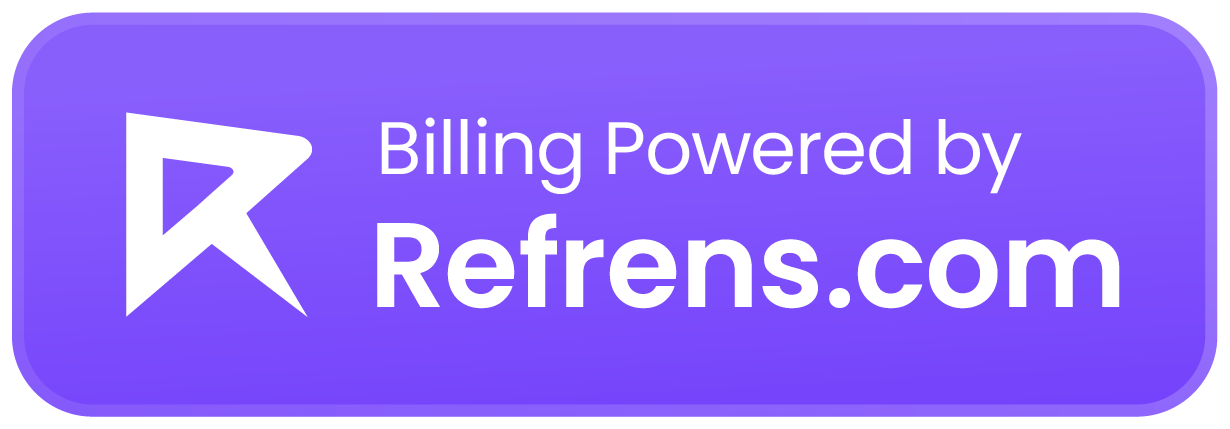DP World Australia, one of the country’s largest ports operators, said on Monday operations had resumed at all its facilities after a cyber security incident forced it to suspend operations for three days.
The breach had crippled operations at the company, which manages about 40% of the goods that flow in and out of Australia, affecting its container terminals in Melbourne, Sydney, Brisbane and Western Australia’s Fremantle.
“Operations resumed at the company’s ports across Australia at 9 a.m. today (2200 GMT, Sunday) … following successful tests of key systems overnight,” the company, part of Dubai’s state-owned DP World, said in a statement.
DP World expects to move about 5,000 containers from the four Australian terminals through the day, although ongoing investigation and responses to protect its networks could result in temporary disruptions over the next few days.
“This is a part of an investigation process and resuming normal logistical operations at this scale,” DP World said.
After spotting the breach on Friday, DP World, one of a handful of stevedore industry players in Australia, disconnected internet, significantly impacting freight movements.
Australia has seen a rise in cyber intrusions since late last year, prompting the government in February to reform rules and set up an agency to help coordinate responses to hacks.
“(The DP World breach) does show how vulnerable we have been in this country to cyber incidents and how much better we need to work together to make sure we keep our citizens safe,” Cyber Security Minister Clare O’Neil told ABC Radio.
The breach comes as the government on Monday released some details of its proposed cyber security laws that would force companies to report all ransomware incidents, demands or payments.
DP World did not specify if it received any ransomware demands.
O’Neil said the rules would also bring telecommunication companies under “strict cyber requirements”, after an outage last week at telco Optus cut off internet and phone connections to nearly half of Australia’s population for about 12 hours.
(Reuters – Reporting by Renju Jose; Editing by Lisa Shumaker and Lincoln Feast)

